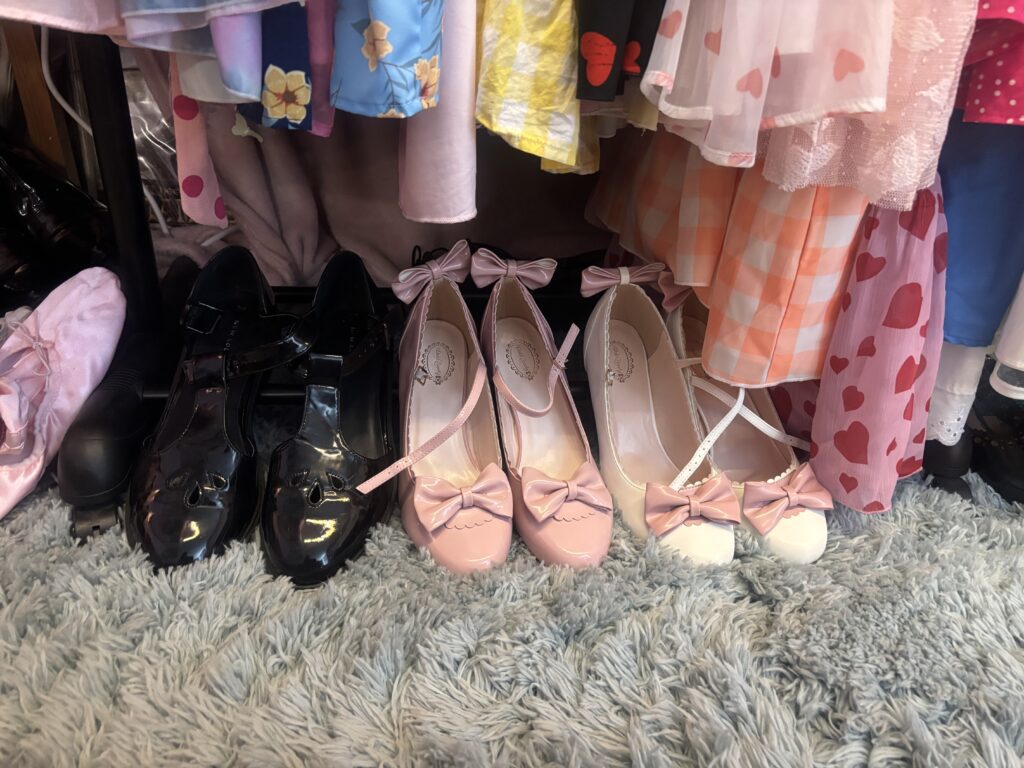Crossdressing can also be a form of self-expression, allowing people to display their personalities and interests through clothing. Additionally, crossdressing is gaining acceptance in many societies and is no longer seen as taboo or scandalous. However, crossdressing also continues to face criticism and backlash in some places, and people should always be aware of the risks involved.
These days, crossdressing is open to anyone, as long as it isn’t for malicious purposes, and can be done without fear of being judged or facing stigma. That being said, it’s still important to understand and respect the boundaries of others.
For people who want to explore crossdressing in a safe, non-judgemental space, there is a huge online community of people who can offer advice, tips and tricks, and generally provide a supportive environment. Additionally, there are many online retailers who specializes in crossdressing outfits and accessories.
For those who are looking to take the plunge, the first step is to understand the existing gender expectations and choose the appropriate outfit. It is also important to consider how comfortable you feel in your outfit, how you want to express yourself through it, and how you want to be perceived by others.
Safety is also a priority and there are a few steps you can take to reduce your chances of negative reactions or confrontations. It is important to be aware of the areas where crossdressing may be taboo or off-limits and dress to blend in with the local customs, especially in locations where crossdressing could cause a negative reaction from the public. Crossdressing should always be a fun, safe, and empowering experience.
Crossdressing can have many benefits to an individual. It helps to provide a temporary break from gender-based expectations, allowing you to explore a different side of yourself. It can also be a powerful form of self-expression, where you can express yourself in a new and unique way.
Crossdressing can help you to explore and understand different aspects of your identity, such as gender roles and body image. It can also help to improve your confidence and self-esteem, as well as providing an opportunity to interact with people in a different social context.
Crossdressing can also lead to a better understanding of the opposite sex, which can help to improve relationships between men and women. This can lead to a more harmonious relationship between partners, and a better understanding of needs in a relationship.
Despite the many benefits that come with crossdressing, there are also certain drawbacks. It can be extremely uncomfortable for some people to embrace their inner desires and present them to the world. If you are not comfortable in your own skin, it can be disheartening when seeing yourself in the mirror.
Additionally, dress codes in certain environments may not be conducive to crossdressing. Wearing clothing that is for the opposite gender can make you the target of discrimination and harassment. In some places, even if crossdressing is not illegal, it could subject you to unwarranted suspicions.
Also, individuals who crossdress may encounter discrimination and social alienation by family, friends and coworkers. Fortunately, more people have become more accepting and open- minded of gender fluidity, however, active discrimination and prejudice still exists in some parts of the world.
Crossdressing is a powerful tool for individuals who wish to explore different aspects of their gender expression and identity. It is a form of self-expression for those who feel more comfortable expressing themselves in this way. It can also be a way for people to feel empowered, confident and engage in a more privileged lifestyle.
While it can be an incredible source of self-discovery and acceptance, it’s important to take into account the potential risks associated with crossdressing. Discrimination, alienation, and unwarranted suspicions are some of the potential drawbacks of crossdressing in certain environments. Incorporating caution and careful decision-making can help individuals reduce any potential risks and feel more secure in their choice to express themselves through crossdressing.


